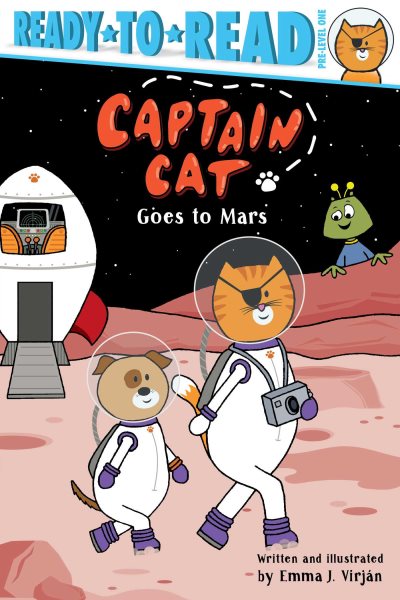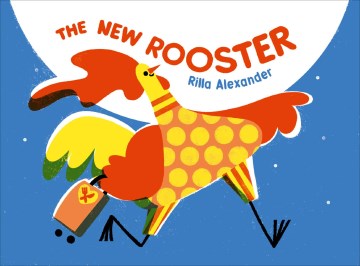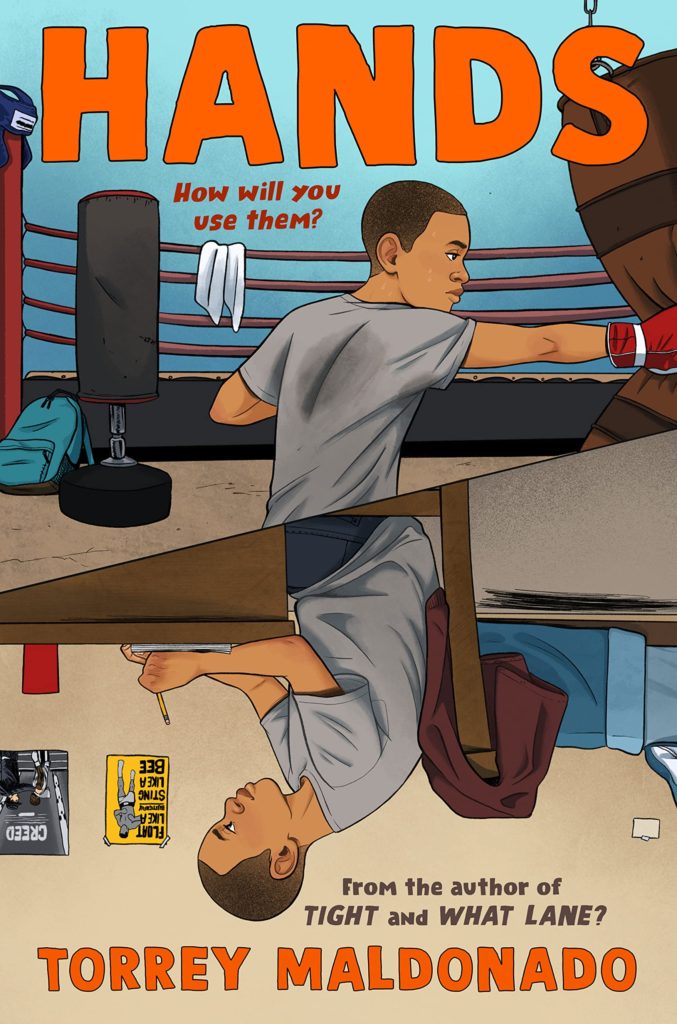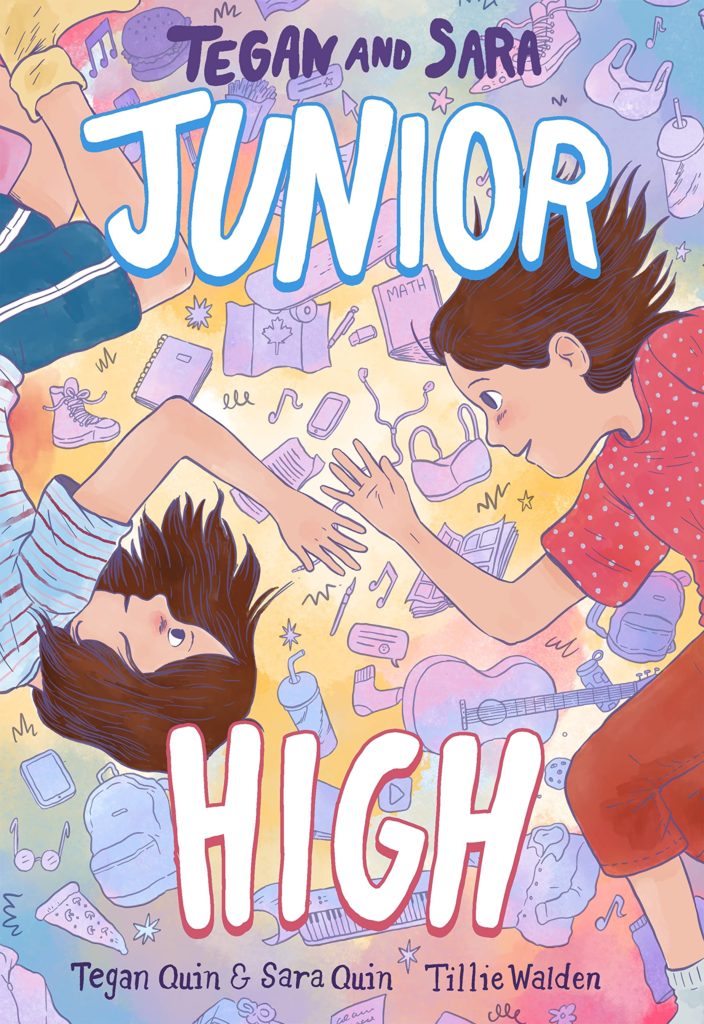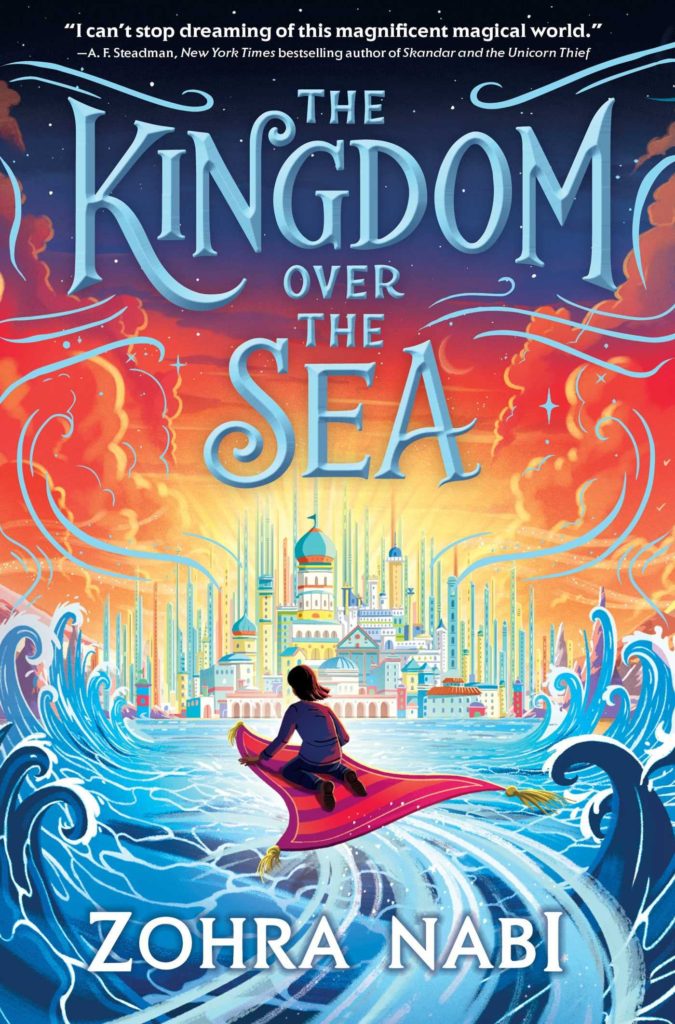written by Elana K. Arnold and illustrated by Giselle Potter
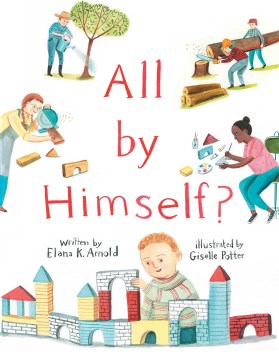
A child builds a masterpiece with some beautiful colored painted blocks and he does it all by himself. Or does he? This cumulative tale tells the story of the this boy’s masterpiece starting with the tree farmer, who plants a seedling many years before. An arborist cares for it and a woodcutter falls the mature tree. A woodworker carves blocks which are then painted by an artist. This artist packs them up and a driver delivers them to a toy store. The shopkeeper displays the blocks and they are purchased by a grandma, who brings them home to the child and he builds a masterpiece! Then it goes back to the beginning.
This story builds upon itself and is accompanied by watercolor and ink illustrations. Text is simple and repetitive. Students will jump in and “read along” as the story unfolds. While the story is cumulative, it also circles back to the beginning, which will be fun for the reader to follow.

